( Cover image- A gorgeous brown that engulphed a Morrish hopper on a stunning Wyoming spring creek in the blistering heat for hopper mad Greg Senyo)
Many trout anglers look at the dog days of summer with disdain. Gone are the big mayfly hatches of May and June when savage beastly browns, brooks and bows annihilated dry flies and acted like pigs in a trough. No longer are the rivers running high and milky (except for the stray downbursts of summer storms) like the thaw induced rivers in spring when trout chase super mayfly hatches with a reckless barbarism after a long cold winter.
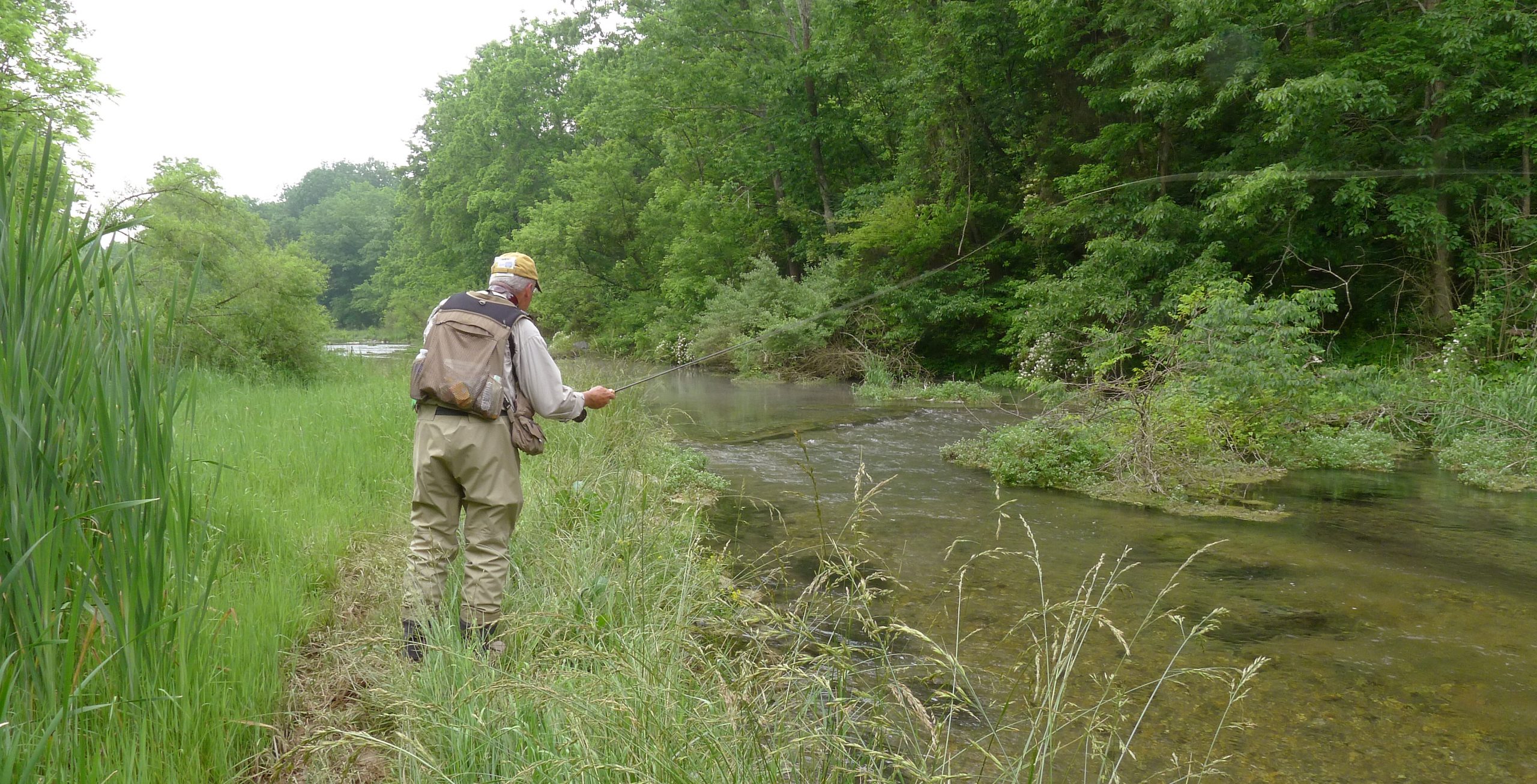
I am often asked what time of year is my favorite, and the response I give is always greeted with surprise -“Late summer/early fall- I love everything about it! Yes, it can be stiflingly hot and humid at times, or it can produce a sneak preview of the cold, frosty nights of the coming fall. The slow lethargic pace of summer living sinks in, the gardens are full of plump juicy produce, people are on holiday and the calmness to the day creeps into all our lives and gives us a sigh of relaxation. The still nights of crickets chirping, frogs singing and full moons keep us awake thinking of what tomorrow will bring signaling some of the most exciting trout fishing of the season – enter terrestrial time!

What is so fascinating about this time of year is the incredible diversity. Tiny Trico mayflies in the morning, caddis and midges in the evening, hoppers, ants and crickets all day, and to the vampire night owls who hunt big browns, mice and streamer night fishing is at its pinnacle. However, it is in the hot steaming meadows of any trout stream on the planet where all the exciting and explosive action is taking place. It’s a round-the-clock trout feeding-fest so you can pick your fancy.

As the heat and humidity stir the flora along the rivers, hoppers and cicadas hiss and jump, ants fall from the sky like tiny aliens and trout lurk like Orcas on the hunt ready to pounce on a savory meal – like Andrew Zimmern does on “Bizarre Foods “, as he relishes a plate of chapulines: grasshopper stuffed tacos. Perhaps it’s the incredible nutritional value of these buggy land based creatures, or maybe it’s in their tasty flavor, but whatever it is, terrestrials drive even the most wary and cunning big trout to lose their guard and inhibitions and “go bonkers!”
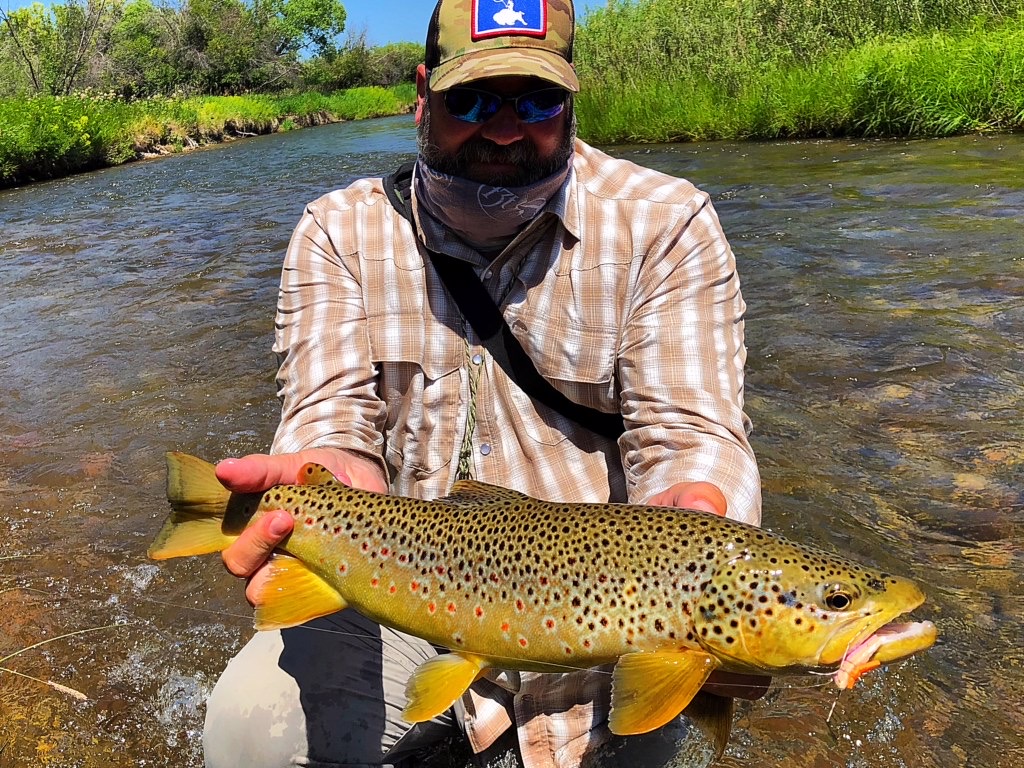
During my Washington DC days, I hopped back and forth weekly between the Cumberland Valley limestoners of Pennsylvania like Letort Spring Run, and Mossy Creek in Virginia’s Shenandoah Valley version. I was obsessed with hopper fishing and chased some massive browns like “ Mr. Big”, which I talked about in my ‘Selectivity’ book. Terrestrial fishing has all the excitement of the big streamer meat hunt, with the dainty dry fly presentations infused.
EARLY TERRESTRIAL-ITES
When one of my mentors, Vince Marinaro, wrote his magnificent treatise “Modern Dry Fly Code”/“In the Ring of the Rise”, he focused much content on terrestrial insects. They played a massive role in his theories of how trout react and relish terrestrials and surface feeding in general. The hot humid summers and early fall of the Cumberland Valley in Pennsylvania were the perfect furnace to ignite the terrestrial insects along the icy cold limestone spring creeks, where their trout needed no thermometer due to the water’s constant temperatures regardless of the heat. Thus the limestone spring creek laboratories were the perfect vehicle to explore all the nuances of the terrestrial experience and document it on a scale and degree never seen in the sport.
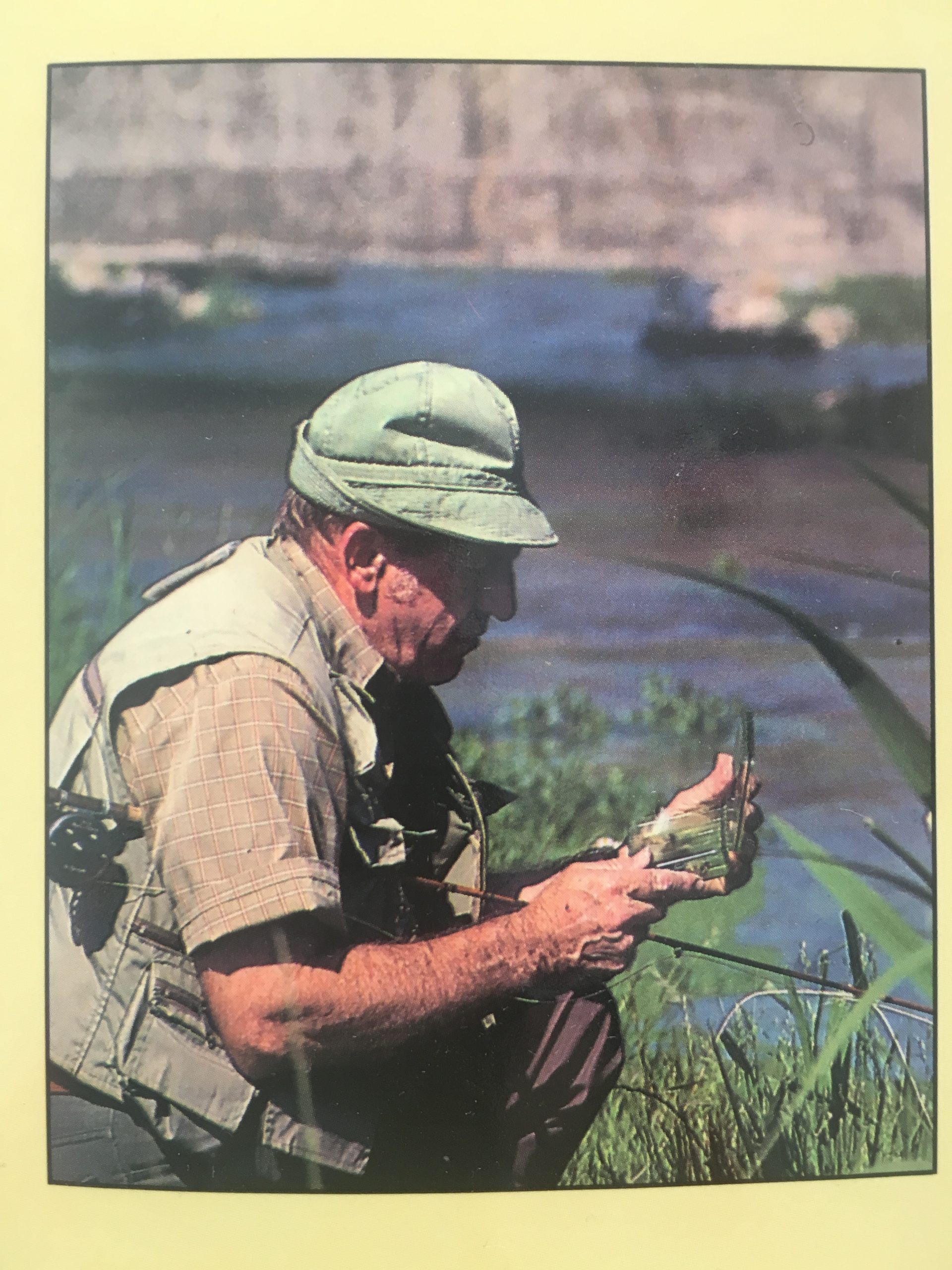
But thoughts of the common bugs and house flies we encounter as humans, away from aquatic settings, were always on the minds of anglers dating back to the 15th century. As early as the writings of Juliana/Walton, references to the common house fly were seen. But the first detailed approach to “buggy” looking critters was seen in the writings of a British expat in New York’s Catskill legacy. Louis Rhead’s first drawings and fly designs were “lure-like” contraptions and looked every bit like out of a Sci-Fi or Disney movie. They had great appeal to the warmwater gear fisher but fly designs of them received little notice by the purist dry fly school that would emerge in the houses of Dette’s and Darbee’s and that were Gordon/Hewitt inspired in the classic Catskill dry fly themes. Rhead was an illustrator of art and books and infused imagination to his designs. He had a John Audubon artistic realism detail to his designs that made his American Trout Stream Insects (1916) a powerful look at the total bug prey world. Prior British writings were very mayfly driven and focused. As a Bronx designer, he was not always in the elite inner circle of the Catskill cronies and thus was written off as a snake-oil salesman since the regal anglers were focused mainly on the mayfly. But a trend towards the entire fly/prey spectrum evolved slowly since the mayfly had such a magnetic hold on the dry fly angler. Even the first bibles on matching the hatch by Schwiebert, Swisher and Richards and Caucci and Nastasi were mayfly driven.
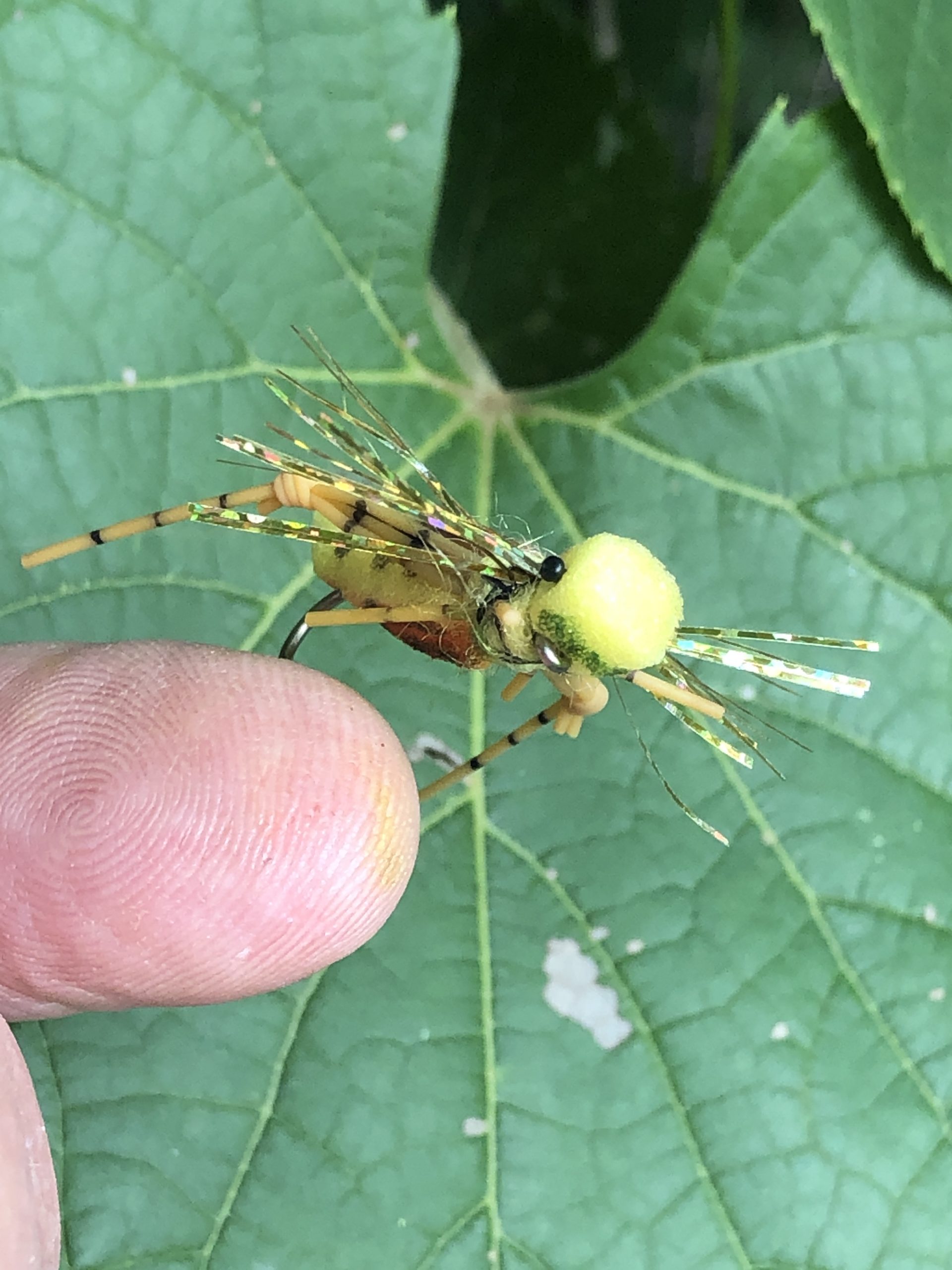

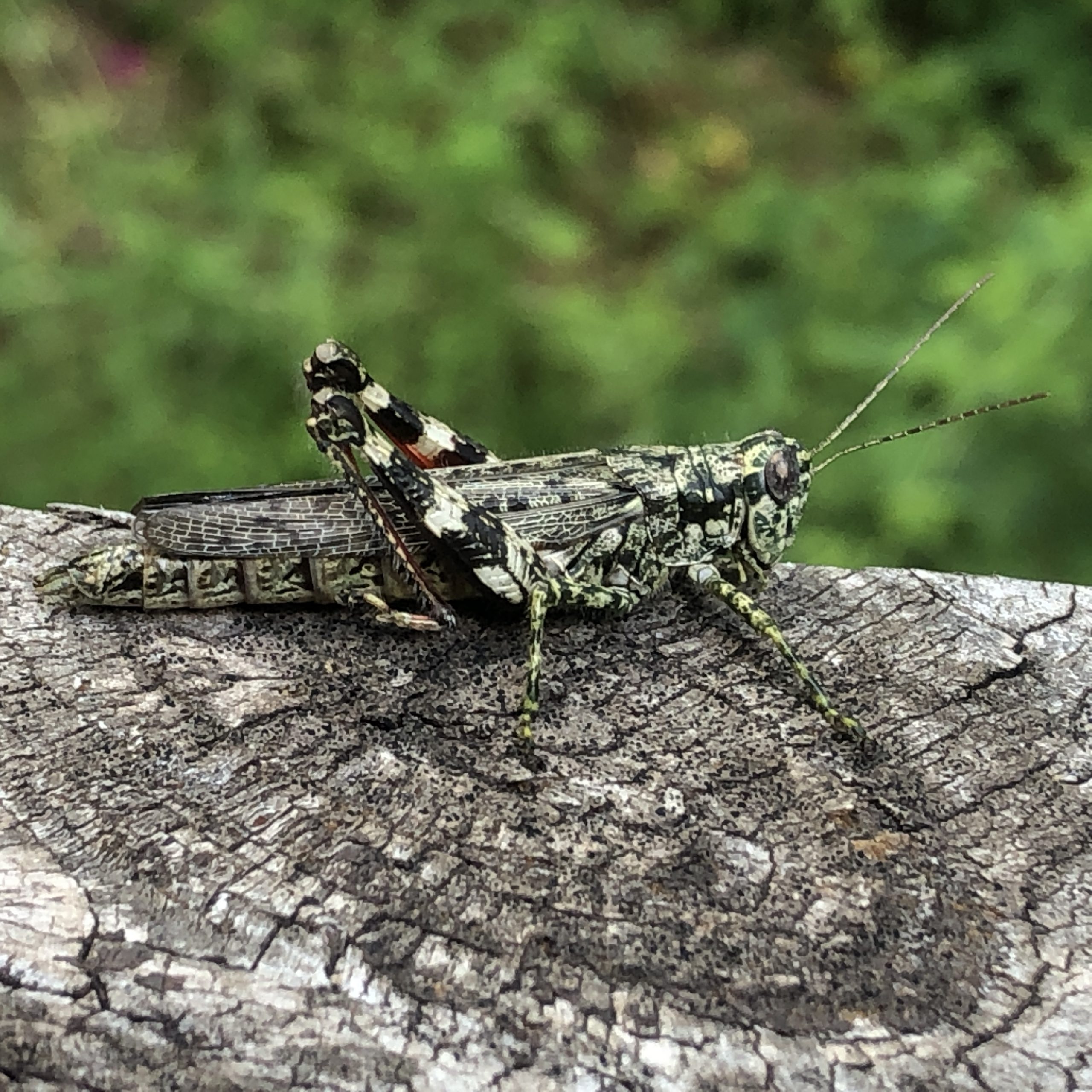
One thing to keep in mind is that most trout fishing back in the early 20th century was confined to the pleasant weather of springtime and thus mayfly focused. Fishing in the heat of summer in the Catskills was often discouraged or impossible due to the freestone rivers warming up drastically. Some states in the early Marinaro days didn’t allow trout fishing in summer and closed the season after June. The onset of year-round fly fishing is something relatively new within the last 75 years. Thus the late summer /early fall terrestrial activity was often only noticed by a few anglers as other anglers were seeing the season come to a close by June, watching their mayfly hatches wane to nothing.
Probably the first terrestrial/hopper design of modern day significance was in Michigan. Here in the stunning Traverse Bay area of the upper Great Lakes and jewels of inland lakes, another early beginnings/ fly legacy inner circle was emerging which I witnessed as a boy growing up in upstate New York surrounded by the Catskill shrine. Traverse was a melting pot of intellectual movements, wealthy land barons and tourists and eclectic artisans with Interlochen Fine Arts Camp being in the front and center. It also produced talents like Kelly Galloup and fostered great authors and angling minds like Bob Linsenman not too far away on the “Holy Waters’ ‘of the Au Sable.
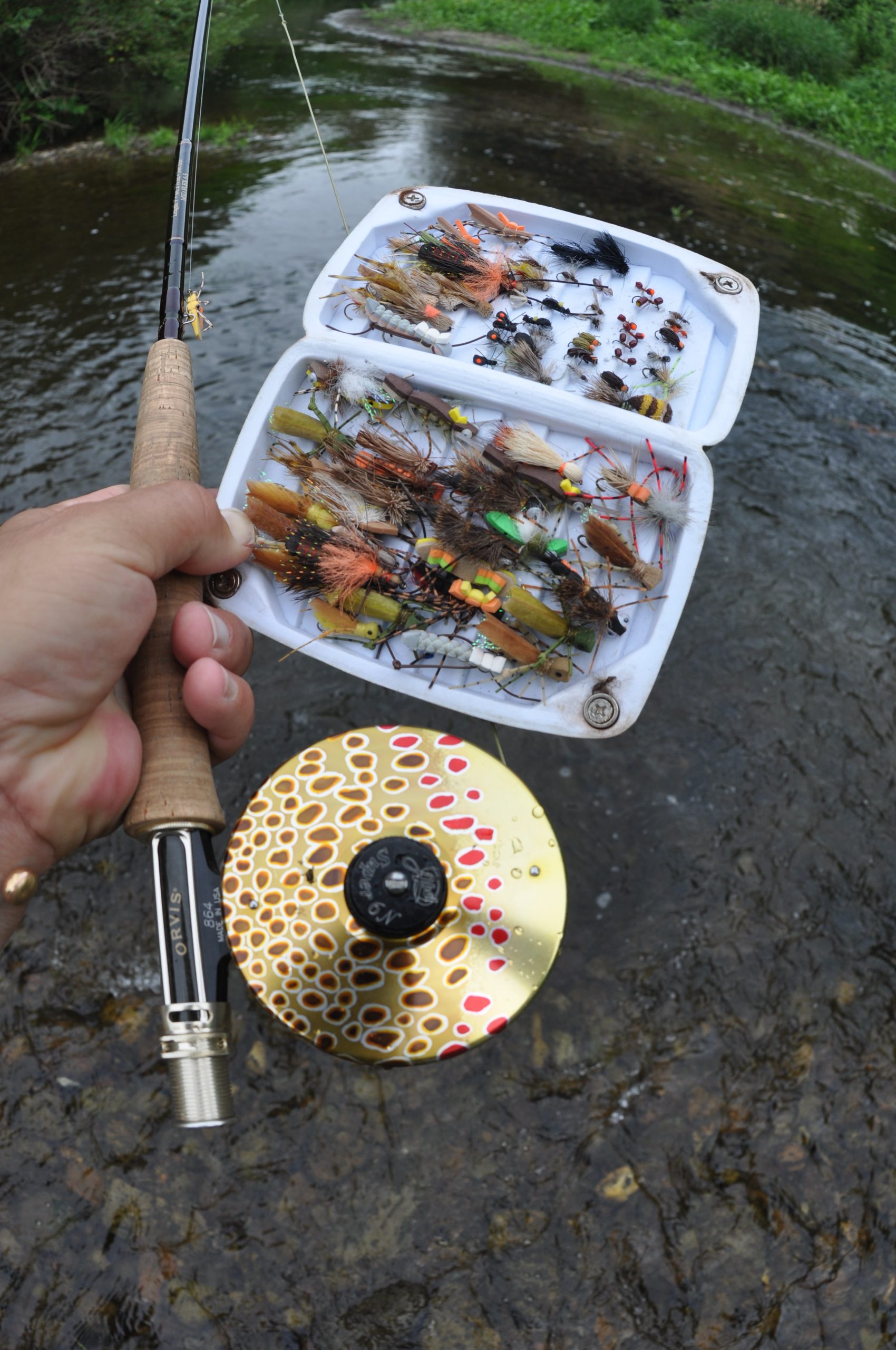
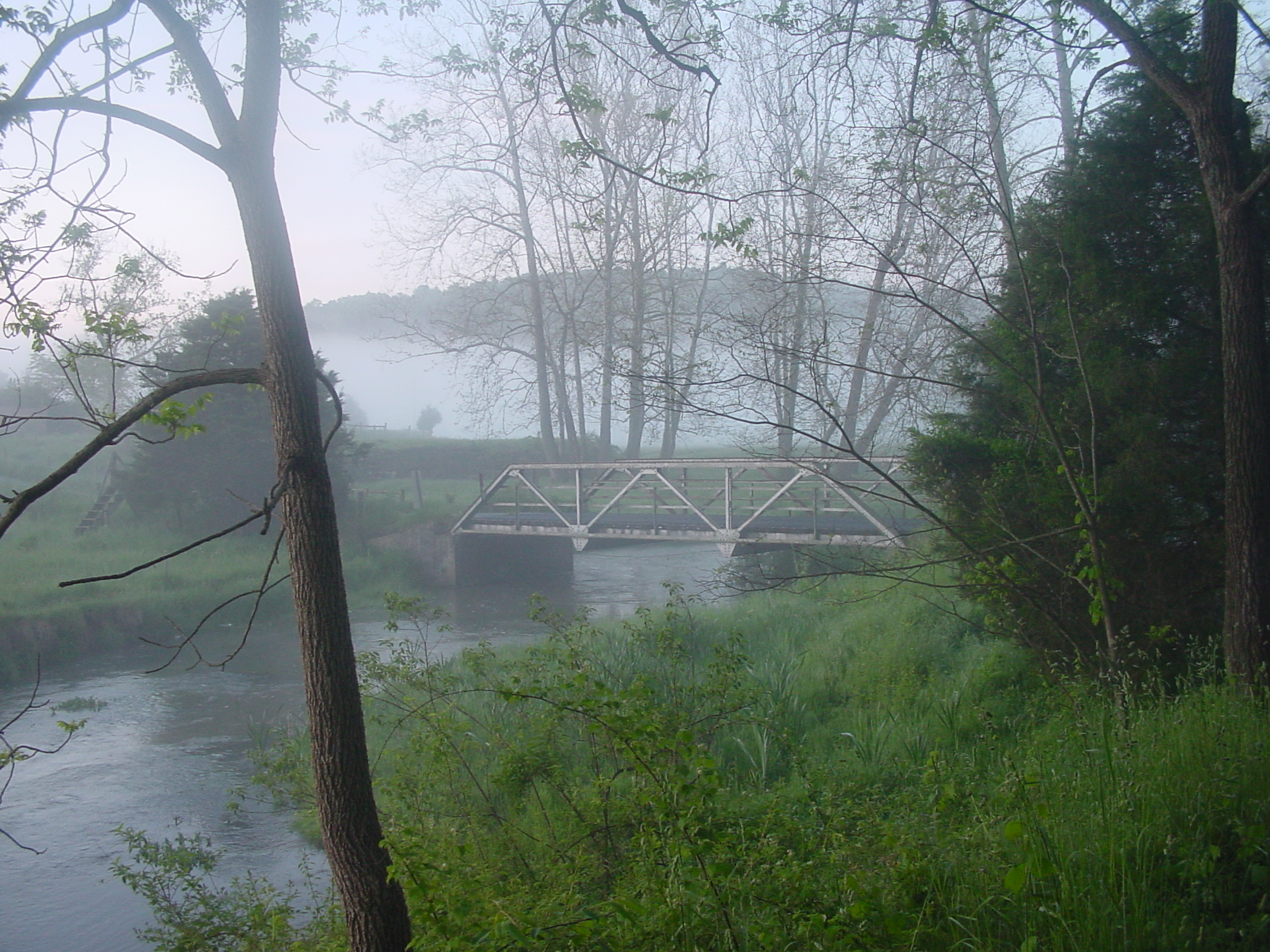
The Platte, Boardman, Manistee, and Au Sable rivers were akin to the Catskill legacy from a Midwest standpoint. Here was the playground of Hemingway, Ernest Schwiebert and countless other Midwesterners that enjoyed the ice cold, spring flowing glacial till chalk streams Michigan’s dense forest and freshwater paradise was known for. Here the most common dry fly design, the Adams, was designed just south of Traverse in Mayfield by Leonard Halliday in 1922. The pattern is fished all over the world and became “the ” dry fly, always used and in every size. Just as Halliday had perfect one-stop shopping on his mind, similarly things were brewing in a barber shop on Front street. Art Winnie was a hair stylist (PC for barber), trout guide on nearby rivers and a fanatical fly designer. By using turkey feathers to form the tent wing/legs his “Michigan ” Hopper was popularized by Joe Brooks in his writings and later became known as “Joe’s” Hopper. The materials that had the most floatability were deer hair and turkey feathers. The turkey had mottling and thus could be cut and shaped into hopper legs with the desired body colors. Even though we always think of grasshoppers as mostly associated with the open farm meadows and grassland prairies, the deep woods and forests have a great variety of Orthoptera grasshoppers in many colors and mottleings.
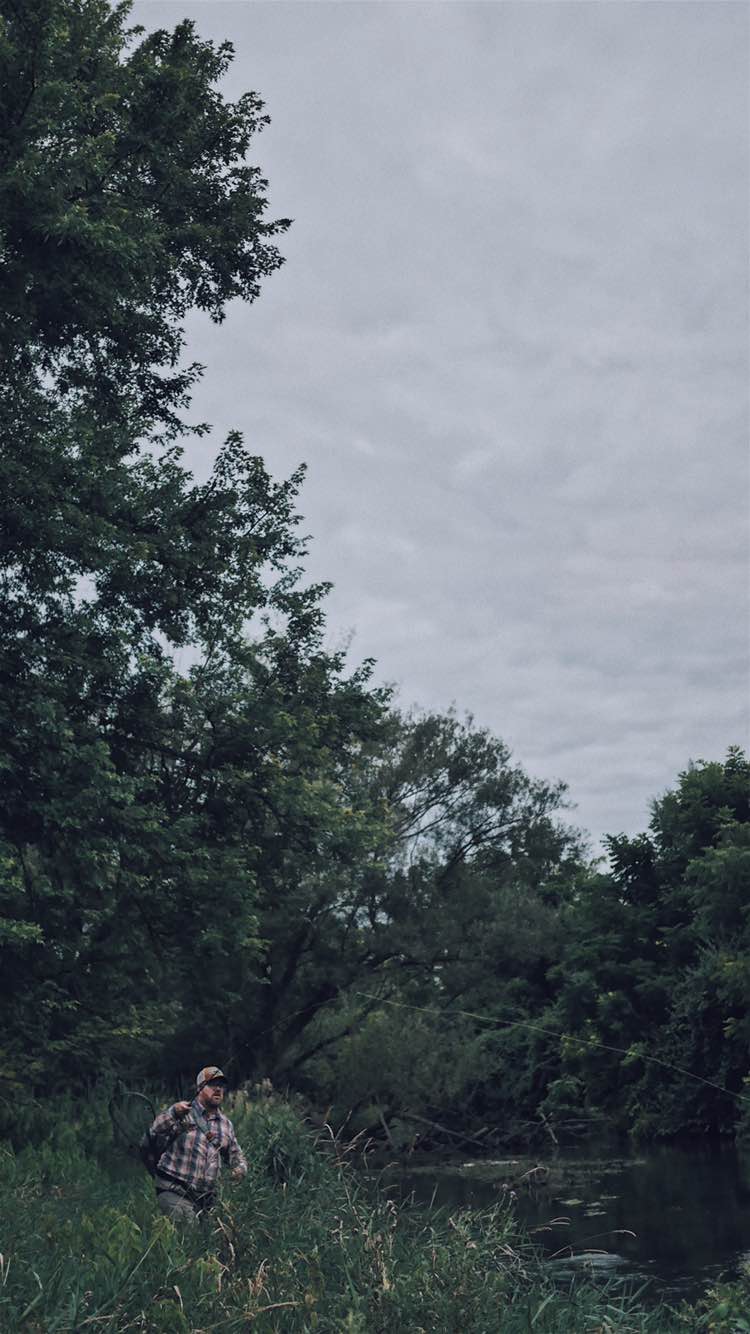
LIMESTONER LEGACY – TERRESTRIAL GROUND ZERO INCUBATOR
“I have written earlier on the desirable habit that the Letort trout have of feeding with constant regularity on the surface during the daytime. Much of this feeding habit is due to the presence of this beetle (Japanese beetle) and to other terrestrials during the heat of the day. The best of the fishing with the beetles takes place during the hottest time of the day.” ( Modern Dry Fly Code-Marinaro)
My decades-long intense love affair with the Cumberland Valley limestone springs became an emotional learning journey like no other in my life. I was a true “grasshopper” apprentice surrounded and influenced by such historical angling powerhouse icons that founded the selective trout legacy like only a few places on earth. England and the Catskill/Poconos come to mind as the others. As I managed hotels in Washington D.C., despite the intensity of the job, my mind was always on the limestoners and watching their magnificent spring creek trout rise all day. Despite how intense and emotionally draining my hotel workplace environment could get, I took my mind to that “happy palace” in late summer, on a Letort meadow that was blistering with heat and humidity and terrestrials were falling from the sky. If you asked me what was the essence of the limestoners, despite the great hatches it had at one time and streamer fishing back then, it was these halcyon days of summer and early fall as trout sipped on the gentle pastoral flats of the meadow springs. I got married in the Cumberland Valley, I spent every minute of my leisure time there with my lovely wife to be Laurie, and lived two lives; one in hotel day-to-day chains of drudgery, and the other of calm and ease hope the pastoral Amish country of the limestoners gave me – without which I would’ve died and slowly lost my mind and nerves.
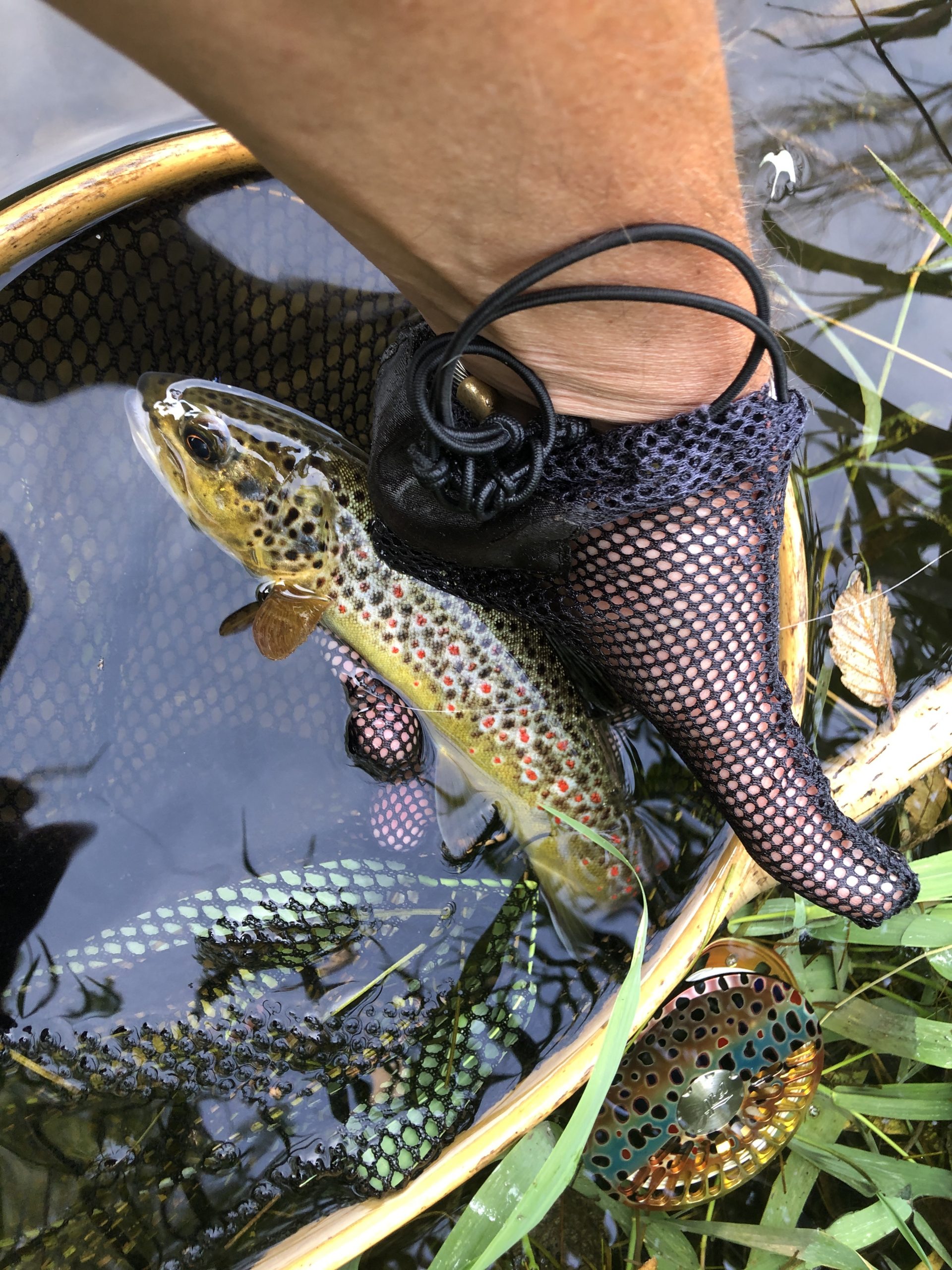
In my Selectivity and Nexus books I discuss my relationship with the master himself: Vince Marinaro, a legend I was determined to befriend. I offered bribes of smoked Scottish salmon and fine Italian wines to get into his world and suck in every ounce of his passion and knowledge. I became obsessed with the man, despite his nasty curmudgeon ways. The limestone legends of Marinaro, Fox, Koch, Shenk, Skilton etc. all played a major role in my life and with Ed Shenk, a relationship that went beyond the Cumberland Valley to the distant Gaspe Atlantic Salmon rivers of Quebec decades later.
Vince’s “Modern Dry Fly Code” was the foundation for ants, Jassids, and his “pontoon hopper”. In his later “In The Ring of the Rise”, he and Charles Fox, his true soul mate that tolerated his mood swings and later bitterness, had their days “buzzing” with excitement like the electrical sounds of a creepy critter terrestrial’s wings, as they experienced new epiphanies with the landborn bugs on an ever unfolding basis. The fabulous stories of how they worked to control casting the pontoon hoppers after a particularly notable 28 inch Letort brown is a classic Moby Dick-like tale. I remember fondly one afternoon as Vince told me to gather up some hoppers in a net as we tossed them to an undercut bank/wood sweeper to get a big brown he knew was there to come out and play. Vince and Charlie were the ultimate kids in a sandbox playing with their new game of chase and discovery. It was an exciting time since I was so young and impressionable and not a day or week would go by without the excitement of discovery of a new pattern or terrestrial technique. It was a great time that I miss dearly and in hindsight perhaps the emotionally romantic reason why I started this magazine. Reminiscing becomes the sweetest when you begin to realize what you had was so special and might never return.
As the terrestrial craze took over Pennsylvania and the east coast, Ed Koch, former owner of the Yellow Breeches Fly Shop, penned his masterpiece “Terrestrial Fishing” in 1990. He and a handful of Limestone regulars like Shires, Skilton et al were pioneering the terrestrial movement alongside minutiae and Midging. These two hallmark theaters were the showcase of the Limestone spring creeks.
Another iconic terrestrial master was Ed Shenk who was a trophy hunting , big brown “ Trutta Buddha ”in a class of his own. I got to know Ed very well fishing the Letort along with his masterpiece terrestrial creations of the Letort Hopper and Cricket. They are still the “go to” patterns today that work so extremely well for the most selective spring creek trout around the world. Though so many hopper patterns have developed, they work extremely well in sizes down to #12-14 when immature hoppers are on the water and trout have become wary of the larger imitations.
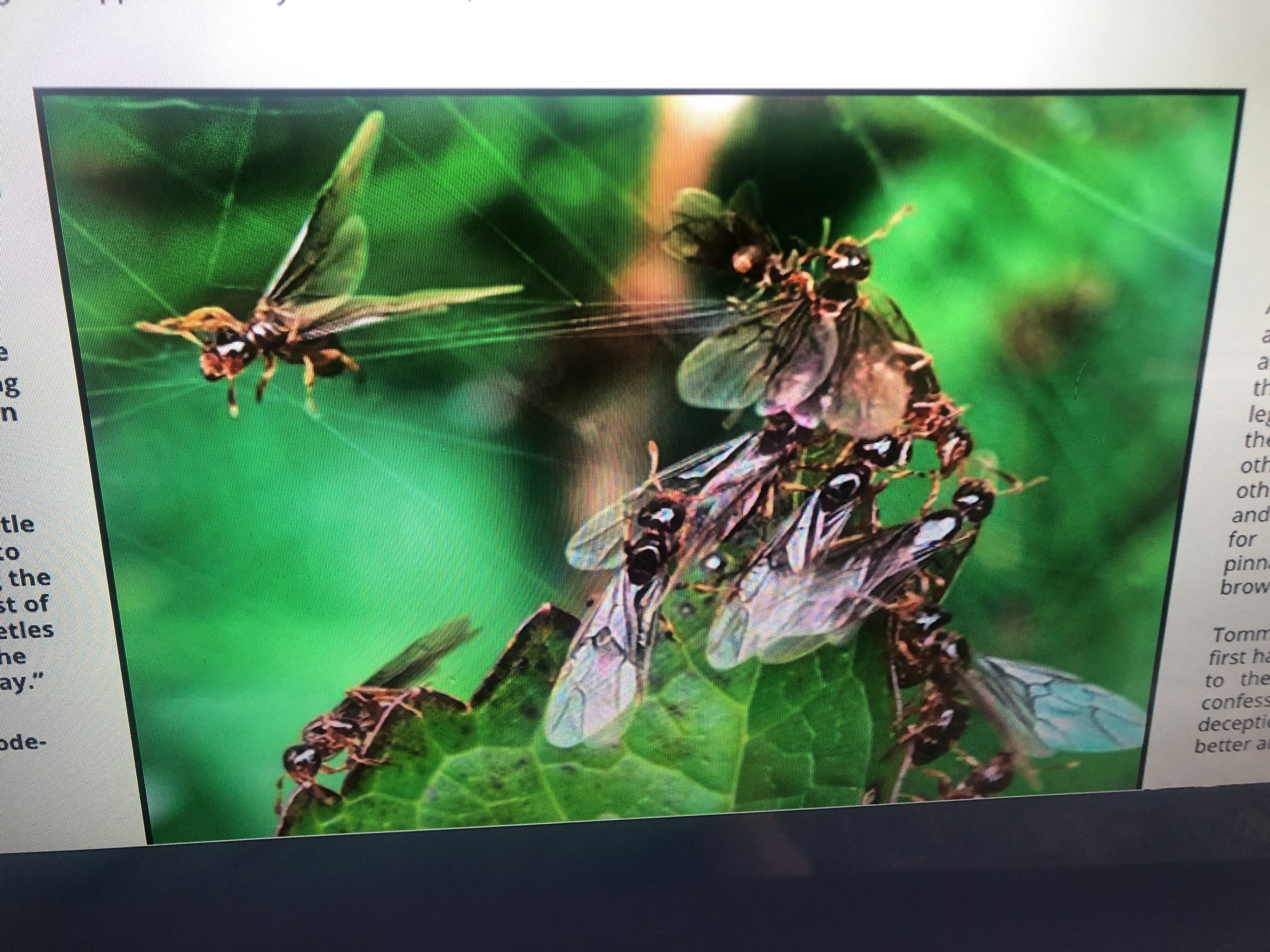
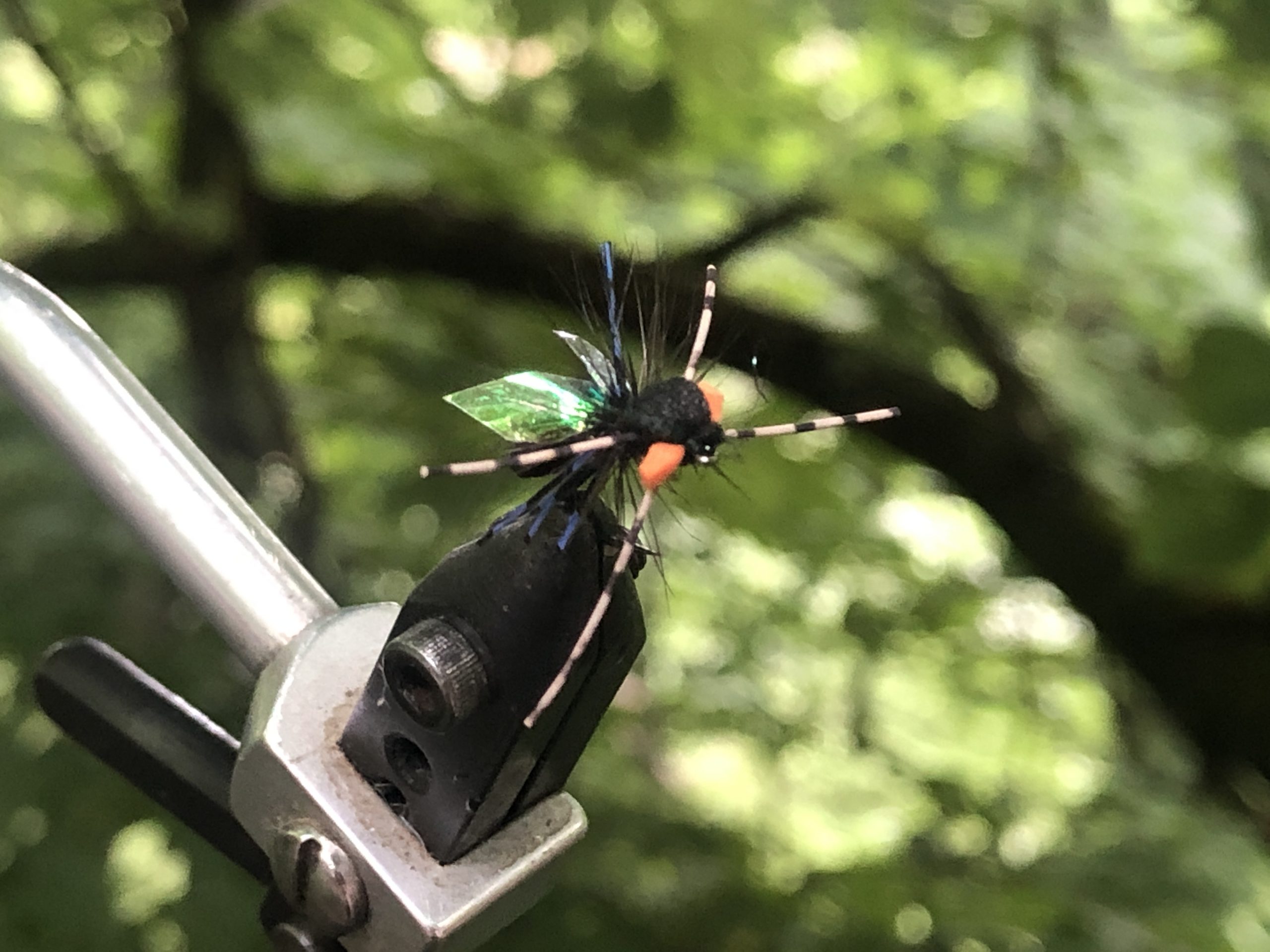

Terrestrial season is just starting in full swing. So if you like the vibe of our content and want more, Hallowed Waters Journal is the in-depth passion and journey every trout bum and migratory salmonid chaser wants to be on. Our content, images and patterns are bar none the cutting edge in fly fishing for trout/salmon/steelhead today and “the way it was meant to be ! “…come to Hallowed Waters Journal and subscribe today https://hallowedwaters.com/
Matthew Supinski-Publisher/Editor/Podcast Host